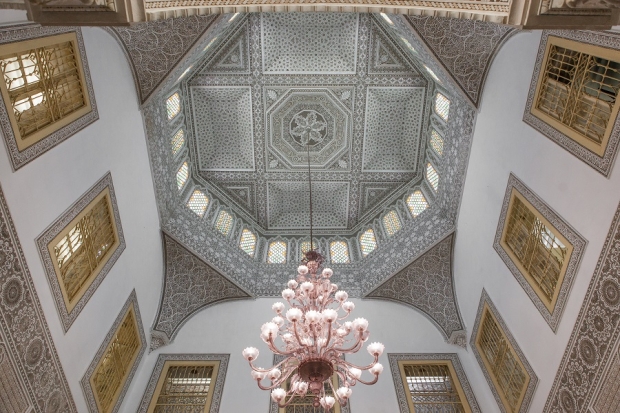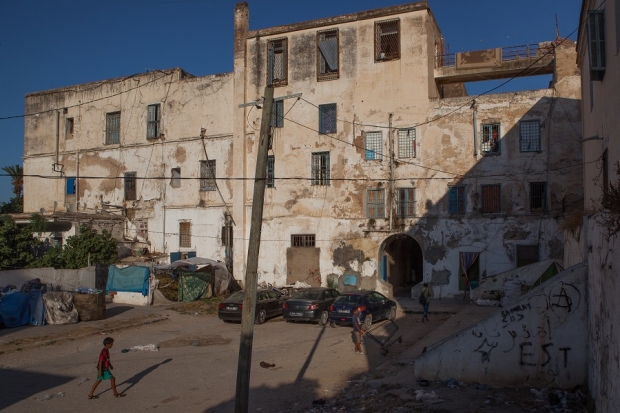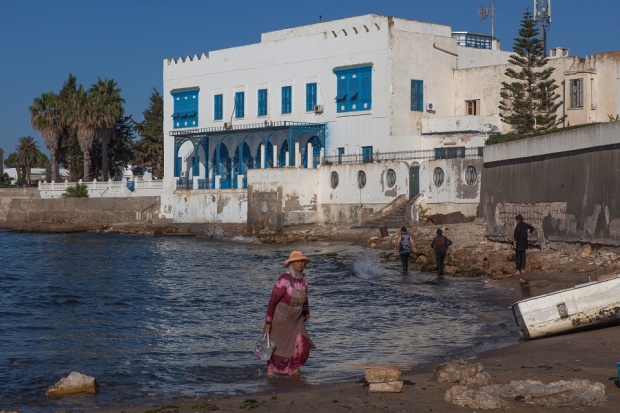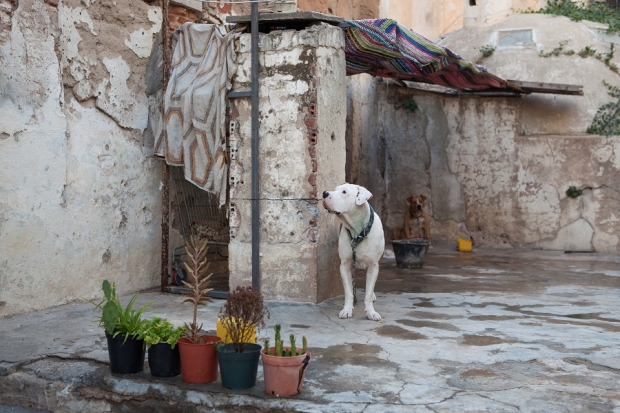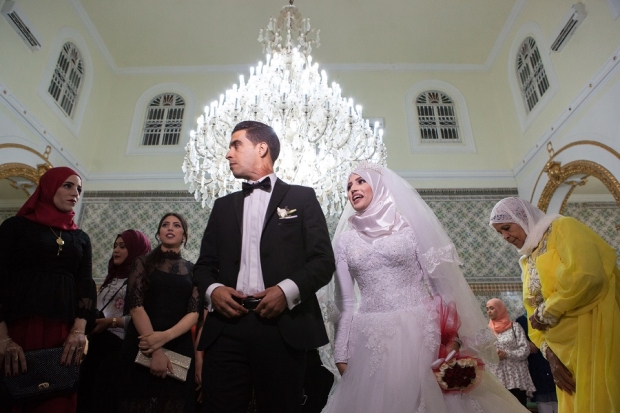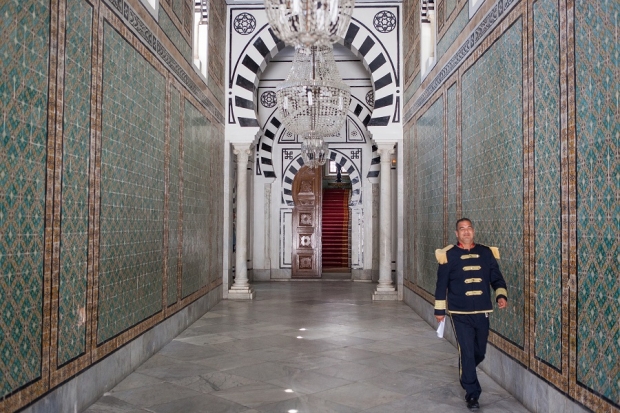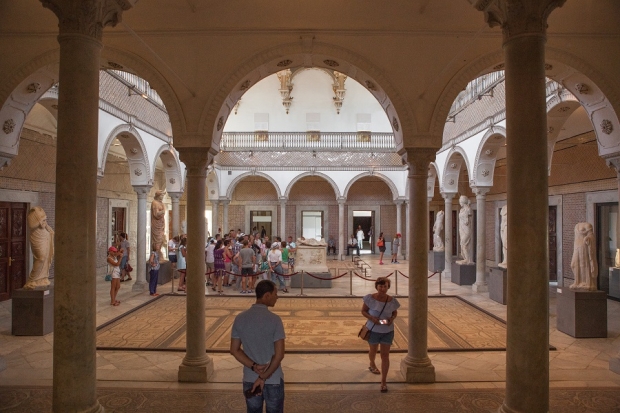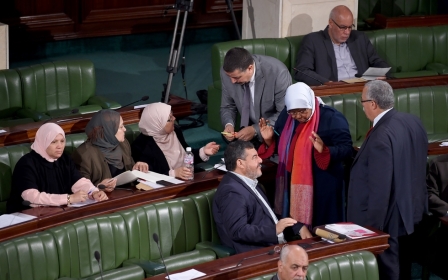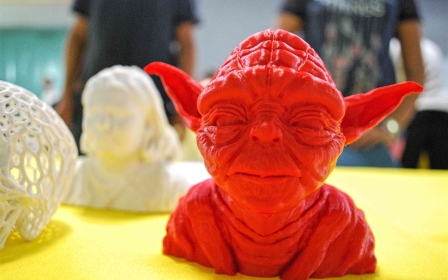The secret Beylical palaces of Tunisia, a forgotten heritage
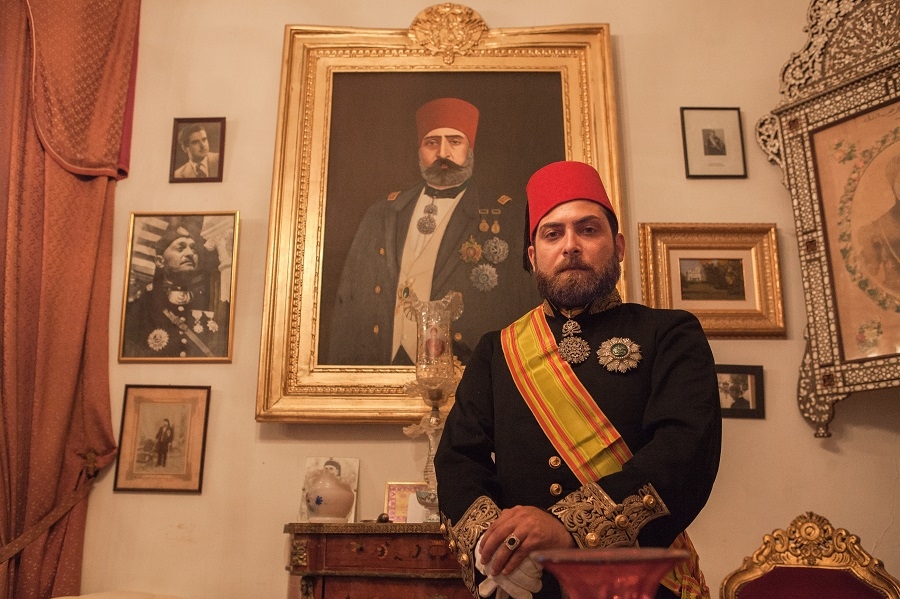
TUNIS - If you are looking to find them in travel guides, you won't. Most of the splendidly decorated examples of Tunisian Beylical palaces and houses, found mainly in the capital and surrounding areas, remain ignored.
These magnificent examples of architecture were built during the reign of the Beys, who ruled Tunisia from around 1613 until 1957, when the Tunisian republic was established.
In the southern suburb of Hammam-Lif in Tunis, the Dar el Bey Palace sits abandoned. According to state-owned newspaper La Presse, the palace has been taken over by squatters since the 1980s, most of which are families.
The palace is currently owned by the state under the supervision of the Hammam-Lif municipality, but some other Beylical palaces belong to private owners.
“One day, two heritage engineers came to my place to make surveys. I was happy and proud that they were interested in my home.” Salma said she will agree to leave the palace if the state finds an alternative accommodation for her.
'If we lose this heritage, we will also lose entire chapters of our history, of our identity'
- Fakher Kharrat, Tunisian architect
"It is true that Beylical heritage has huge touristic potential," said Faouzi Mahdoufh, general director of the National Heritage Institute. The institute is affiliated with the ministry of culture and its mission is to protect, safeguard, enhance and study Tunisian heritage.
In the aftermath of the revolution, Tunisia is facing major economic challenges, inflation and little job growth.
'It is a historic building, it breaks my heart to see how dilapidated it is'
- Salma, squatter in the Dar el Bey Palace
Fadhel Abdelkefi, the minister of finance, said in a statement to parliament in July 2017 that the country's debt increased to 75 percent of GDP. According to the International Monetary Fund, growth in 2017 is expected to double to 2.3 percent, but will remain too low to significantly reduce unemployment in the country, especially among the youth.
'This heritage is bigger than me’
In the northern suburbs of Tunis, in the coastal town of La Marsa, lies the Essaada Palace - the "palace of happiness," in Arabic. Built by the sovereign Naceur Bey, who ruled from 1906 to 1922, for his wife Lalla Kmar, it has become the seat of the municipality of La Marsa.
"We chose this place because it’s part of Tunisian heritage," said groom Fahd Jerbi, but not all the guests know the history of the palace. "I am certain it is not a Beylical palace. Is it?" said Souhaeil Ayari, one of the guests.
'I am certain it is not a Beylical palace. Is it?'
- Souhaeil Ayari, wedding guest
Although each Beylical palace is different, their architecture always shows a great mixture of various Tunisian and foreign influences such as hafside capitals, arched doors, Andalusian or Ottoman motifs, Italian marble, and finely carved plaster.
Like other Arab mansions, they are usually built around a central patio and a chicane entrance protects the intimacy of the house. Sober and elegant, portals are decorated with polychrome faience.
'Part of the country's history'
The Zarrouk Palace is located in the historic city of Carthage, right next to the Mediterranean sea. Before the Tunisian republic was proclaimed, one year after the country's independence from France, it was the official home of the last Tunisian monarch, Lamine Bey, until he was deposed in 1957 and the Tunisian republic was established. Built in the 19th century, today the palace houses the Tunisian Academy of Sciences, Letters and Arts, also known as Beit al-Hikma.
Surrounded by the ancient Roman ruins for which the city of Carthage is famous, Zarrouk Palace has not been used as a tourist attraction, despite its location.
"I wish I could have the opportunity to visit it with my children when they were younger. It is part of their country’s history," said Hager, 57, a Tunisian tourist.
After Lamine Bey was removed from power, the palace sheltered several institutions dedicated to research including the national institute of archaeology, the national foundation for translation and now the Tunisian Academy of Sciences, Letters and Arts.
'Visitors don’t really know what the Bardo is’
"The neglect of Beylical palaces is an old phenomenon," said Kmar Bendana, a professor of contemporary history at Manouba University. "The history of the Beys have been instrumentalised under Habib Bourguiba [the father of Tunisian independence, who deposed the Beys in 1957]. The official history depicted all the Beys as collaborators [because they allowed Tunisia to become a French protectorate]."
"Today we have to cut the link between the monarchy, the Beys who built these monuments, and the palaces themselves, their heritage significance," said Kharrat.
'It’s a shame that visitors don’t really know what the Bardo is'
- Moncef Ben Moussa, director and chief curator of Bardo National Museum
Tunis's Bardo Palace houses the Bardo National Museum, which was attacked in March 2015, leaving 21 tourists dead. Visitor numbers dropped dramatically following the attack. However, tourists are beginning to return. Although the largest museum in Tunisia is one of the rare representations of Beylical heritage open to visitors, it is not highlighted by tourist guides.
According to the director and chief curator of the museum, Moncef Ben Moussa, the focus is far more on the ancient pieces which are exposed there than on the palace itself and its stunning architecture. The Bardo Museum has a famed collection of antique mosaics and artefacts, representing more than 3,000 years of history.
It was was built in the 15th century and it witnessed major expansions and renovations under the Beys of the Muradid dynasty and the Husainids, who used it as a main residency and seat of power.
"It’s a shame that visitors don’t really know what the Bardo is," said Ben Moussa. "They don’t know that it is also a palace. They don’t have the opportunity to discover all its richness."
Middle East Eye propose une couverture et une analyse indépendantes et incomparables du Moyen-Orient, de l’Afrique du Nord et d’autres régions du monde. Pour en savoir plus sur la reprise de ce contenu et les frais qui s’appliquent, veuillez remplir ce formulaire [en anglais]. Pour en savoir plus sur MEE, cliquez ici [en anglais].


